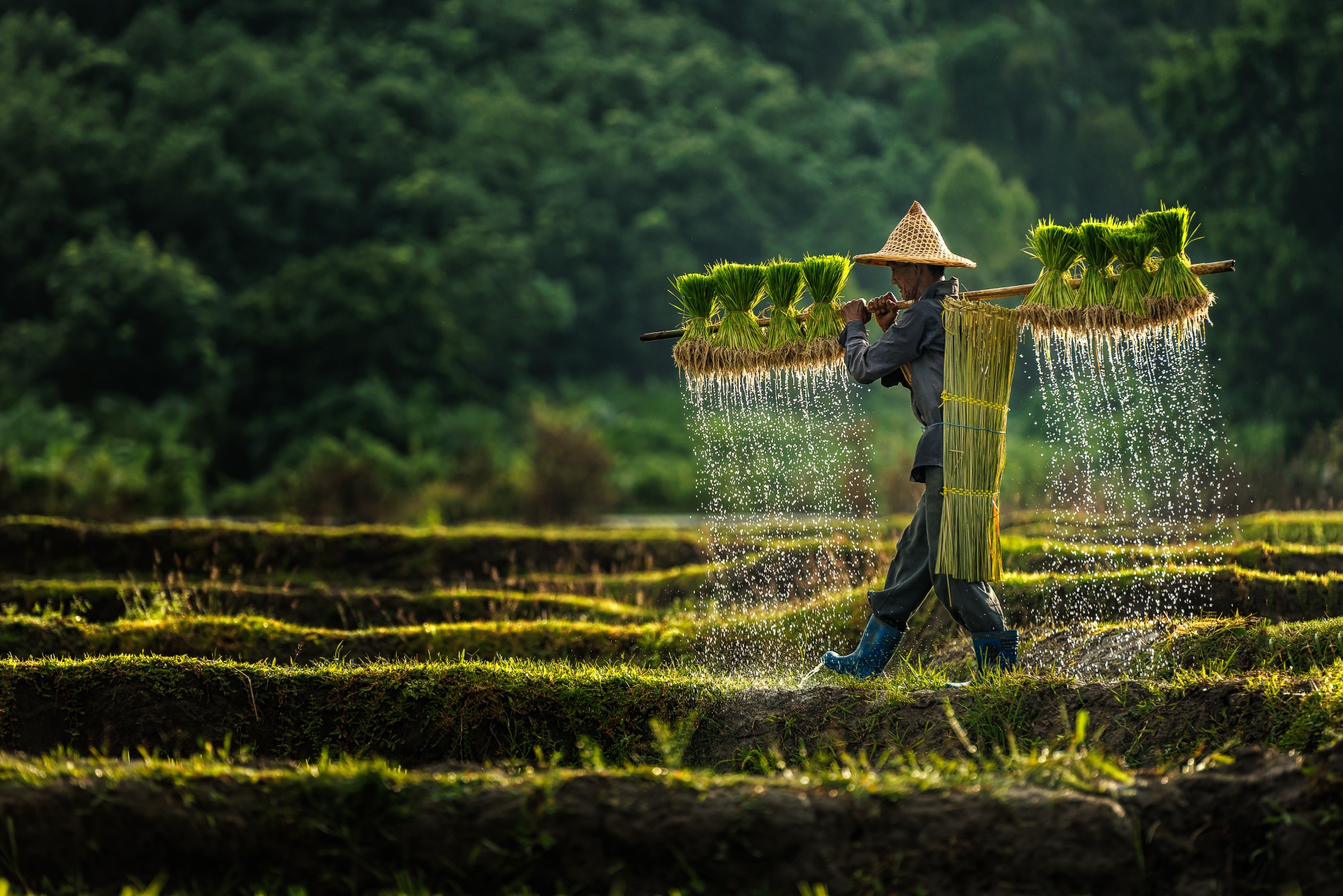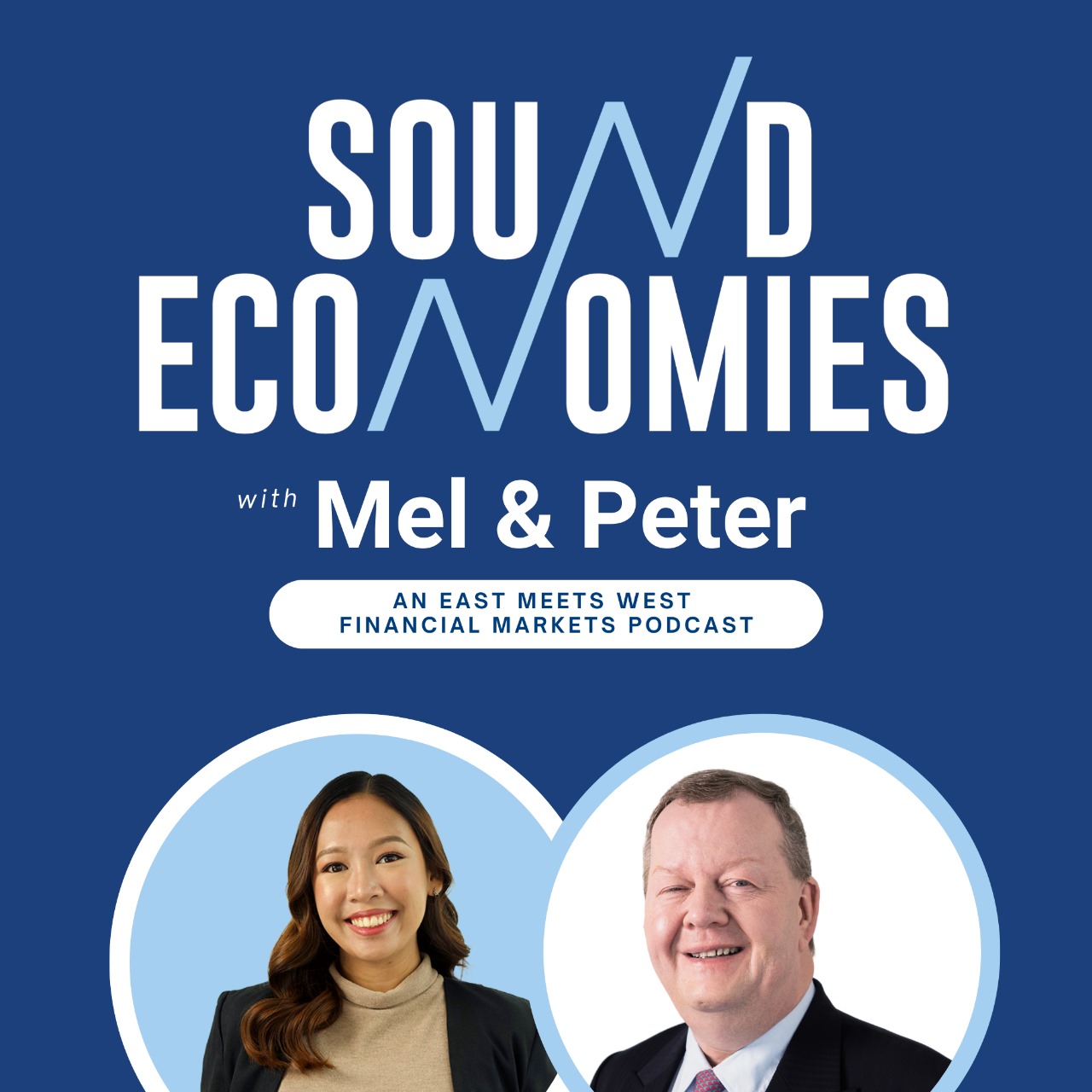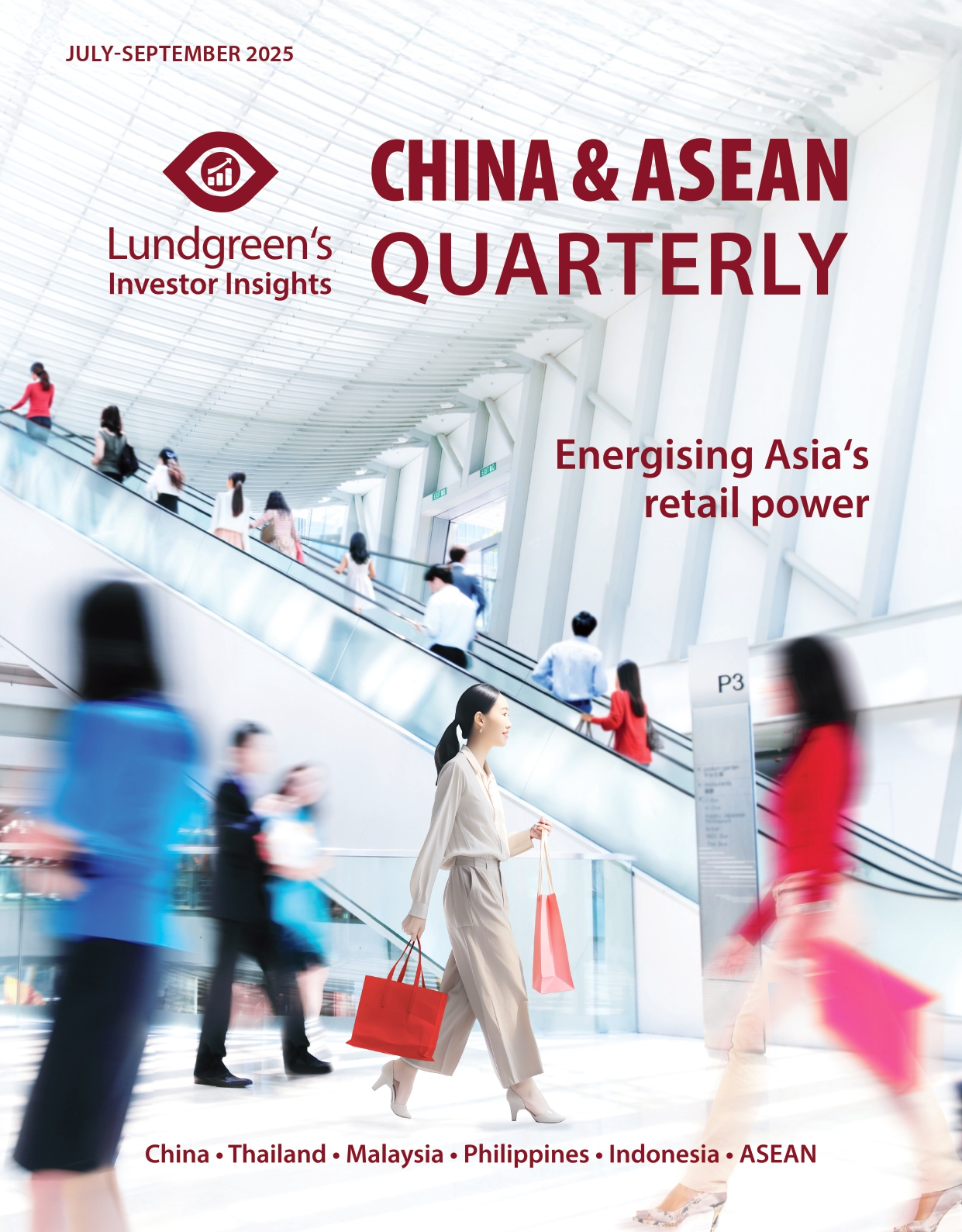Cultivating Indonesia’s humble agriculture sector
Despite domestic and international challenges, President Prabowo Subianto envisions Indonesia as self-sufficient in food production and push the agricultural industry forward. Can his administration cultivate the sector to further economic growth?
Protests in Indonesia a few weeks ago, triggered by the income disparity between its citizens and politicians, have created greater unease within the Indonesian economy. The rupiah touched its weakest in a month at IDR 16,500 per USD 1, while local stocks dropped by 3.6 per cent. Investors and businesses are hoping that President Prabowo Subianto would act soon to stabilise the domestic political situation and allow the economy to bounce back from this.
Despite the ongoing political and socioeconomic turmoil, the Indonesian government maintains its focus on the agriculture sector. According to Coordinating Minister for Food Zulkifli Hasan, the food and agriculture sector has seen a record growth rate of 13.53 per cent in the second quarter of 2025. However, will this be enough to buoy the Indonesian economy and revive the confidence of both Indonesian consumers and foreign investors?
Improving farm wages
Civil unrest was triggered by the Indonesian parliament’s endorsement of a housing allowance for lawmakers worth IDR 50 million (USD 3,100). This is on top of their fixed salary and other perks, raising their monthly payout to about IDR 100 million (USD 6,100). These salaries are 10 to 20 times higher than that of a normal Indonesian citizen’s minimum wage. For comparison, the minimum wage in Jakarta amounts to IDR 5.4 million (USD 330) while provinces like West Sulawesi have a lower minimum wage at IDR 2.1 million (USD 130) – and that is not even the lowest amongst the provinces. Further, the World Bank records that 68.3 per cent of Indonesians would be considered poor if computed against basic wages in other upper middle income countries.
The current situation of Indonesia seems dire, but Prabowo believes that his targeted policies can improve the welfare of local farmers such as subsidies on equipment and fertilisers to stabilise rice and corn prices. Prabowo also hopes that Indonesia would become a superior producer of 10 commodities which include palm oil, cocoa, and coffee. It appears that the Indonesian government is pulling all the stops for the country to have a more self-sufficient agricultural industry that will eventually boost exports to the global market.
Graph 1 shows that average wages within the agriculture, forestry, and fisheries sector have risen starting the second half of 2022, surpassing IDR 2 million (USD 120) per month. Minister of Agriculture, Andi Amran Sulaiman shared last year that the government plans to increase the minimum salary to IDR 10 million (USD 610) and provide modern technology to attract millennial farmers. Vice President Gibran Rakabuming has also urged the academe to involve the youth in agriculture research and development. By mobilising Indonesia’s youth towards the sector, this could encourage foreign investors to hire local workers and bankroll new technologies for agriculture.

Enhancing exports
Indonesia is determined to push its agriculture sector to sell more produce abroad. One of the government’s programs, Villages Can Export, helps determine which areas are ready to export agricultural goods and links these villages with international buyers across 33 countries. This system creates opportunities for foreign investors to do business directly with local producers.
Since Prabowo became president in October 2024, the value of Indonesia’s agricultural exports stabilised at the USD 550 million range until April 2025, when it dipped to USD 479.9 million. As seen in Graph 2, the sector rebounded to peak at USD 634.4 million by May, and again a high of USD 603.3 million in August. With the government’s additional support for the industry to increase production and attract more investments, we see that these will be reflected through exports.

One example is the recent investment from China to build a coconut processing plant in Indonesia worth USD 100 million, a solution brought about by a domestic coconut shortage earlier this year. June also saw Indonesia collaborating with other countries like Netherlands and Singapore to strengthen its agricultural base and food security.
With government support for local produce, we see the agricultural businesses in Indonesia will expand robustly as it enters the global supply chain. Based on data from Statistics Indonesia, coffee is the highest-value crop among agricultural exports amounting to USD 1.13 billion from January to June 2025.
Future growth
One interesting aspect that we expect to continue to grow would be investments in agricultural technology, moving in step with a government-led push to modernise the sector. Currently, Indonesia is set to host Indogritech, an agriculture technology expo, in November. During the expo, the country hopes to attract industry players promoting sustainable agriculture and technology to help attain the domestic goal of food security. Aside from this, Indonesia is also eyeing biochar technology to enhance local soil, improve plant fertility, and reduce the reliance on harmful chemical pesticides. We see that sustainable agricultural technology is a necessary step to attract a new generation of farmers to both enhance agricultural output and keep the industry competitive in the global market.
Also, we see the food and beverage industry benefiting greatly from government support towards the agriculture sector. The push towards food self-sufficiency can potentially reduce the heavy reliance on imported food items and bring down the prices of processed food. According to Deputy Minister of Industry Faisol Riza, the food and beverage industry has reached a total capitalisation of IDR 22.64 trillion (USD 1.4 billion) thanks to the high demand from domestic consumers. As such, investors should take this opportunity as an entry point to participate in Indonesia’s upbeat growth momentum.
This original article has been produced in-house for Lundgreen’s Investor Insights by on-the-ground contributors of the region. The insight provided is informed with accurate data from reliable sources and has gone through various processes to ensure that the information upholds the integrity and values of the Lundgreen’s brand.






